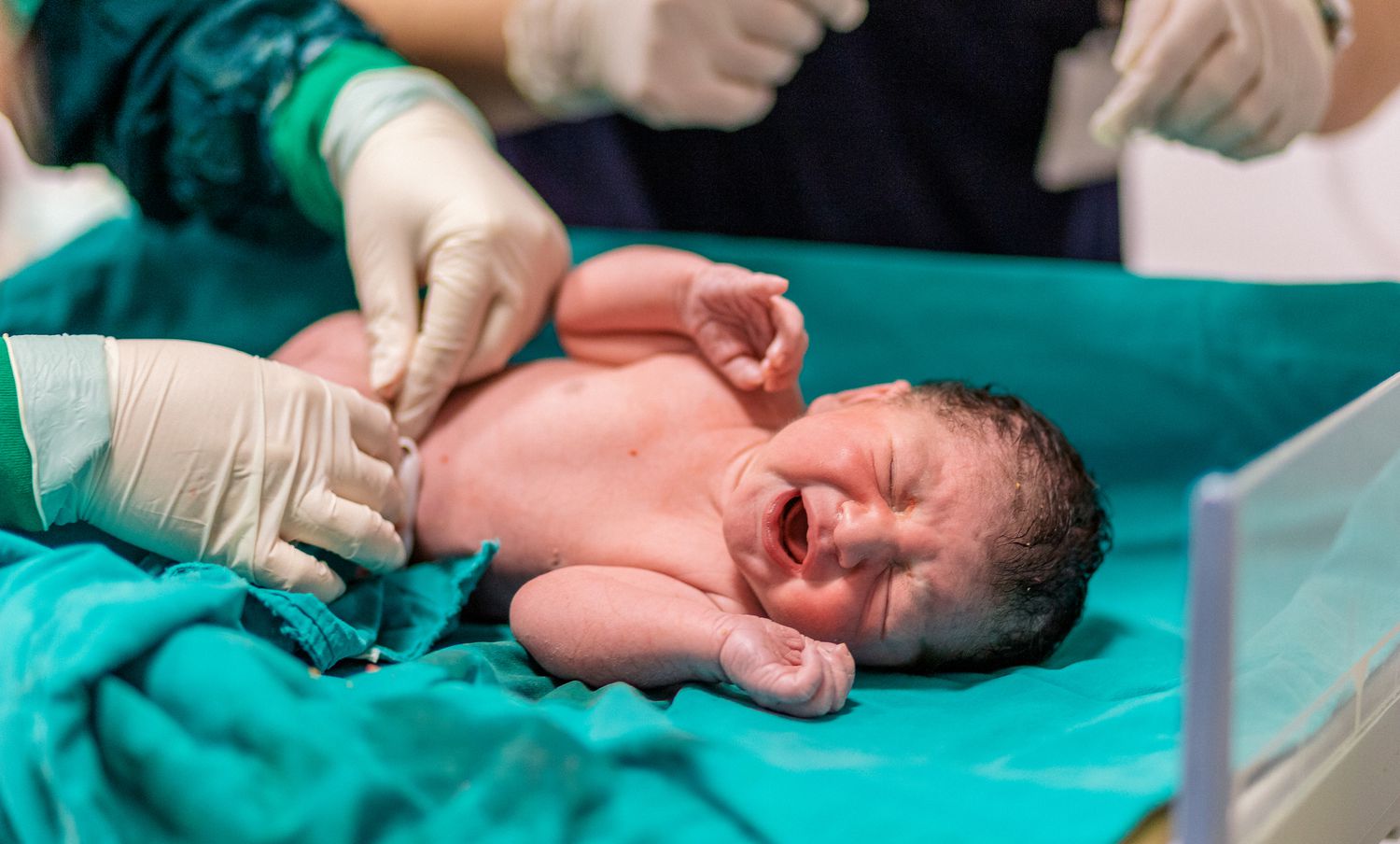Bringing a new life into the world is a miraculous event that is filled with anticipation and excitement for parents-to-be. However, childbirth also presents its own set of challenges and concerns, one of which is caput succedaneum. This condition refers to the swelling of a newborn’s scalp, typically appearing as a soft bump or area of puffiness. The question arises: can caput succedaneum be prevented with a cesarean section? Let’s delve into this topic and explore the factors involved.
Understanding Caput Succedaneum
Before we explore the potential connection between caput succedaneum and cesarean sections, let’s understand what caput succedaneum is. During the process of vaginal childbirth, pressure is exerted on the baby’s head as it passes through the birth canal. This pressure can cause a buildup of fluid in the tissues between the baby’s scalp and the bones of the skull. As a result, a soft swelling or bump, known as caput succedaneum, may form.
The Role of Cesarean Sections
Cesarean sections, commonly referred to as C-sections, are surgical procedures in which a baby is delivered through an incision made in the mother’s abdomen and uterus. C-sections are often performed for various reasons, including medical complications, fetal distress, or when vaginal delivery poses risks to the mother or baby. But can a cesarean section prevent caput succedaneum?
Potential Benefits of C-Sections in Relation to Caput Succedaneum
Cesarean sections can indeed reduce the risk of caput succedaneum. Since a C-section involves delivering the baby through an incision in the abdomen and uterus, the pressure exerted on the baby’s head during vaginal passage is avoided. This reduction in pressure can significantly decrease the likelihood of caput succedaneum formation.
Considerations and Caveats
While a cesarean section can lower the chances of caput succedaneum, it’s important to note that C-sections also come with their own set of risks and considerations. C-sections are major surgical procedures that involve anesthesia, longer recovery times, and potential complications such as infections and blood clots. Additionally, the decision to perform a C-section should be based on medical necessity rather than solely for the purpose of preventing caput succedaneum.
Balancing the Pros and Cons
When discussing the prevention of caput succedaneum, it’s crucial to weigh the potential benefits of a C-section against the risks and drawbacks associated with the procedure. Obstetricians and healthcare providers carefully evaluate each case to determine the most appropriate method of delivery based on the mother’s health, the baby’s condition, and any potential complications.
Conclusion
In conclusion, while a cesarean section can reduce the risk of caput succedaneum by avoiding the pressure on the baby’s head during vaginal delivery, the decision to opt for a C-section should be made after thorough consideration of the associated pros and cons. The health and well-being of both the mother and the baby are paramount, and medical experts are best equipped to make informed recommendations based on individual circumstances.
FAQs
- Is caput succedaneum a serious condition? Caput succedaneum is generally a mild and temporary condition that tends to resolve on its own within a few days.
- Are there any natural ways to prevent caput succedaneum? While there is no foolproof natural method to prevent caput succedaneum, proper prenatal care and maintaining overall maternal health can contribute to a smoother delivery.
- Can caput succedaneum lead to long-term complications? No, caput succedaneum is a transient condition and does not typically result in long-term complications.
- Are C-sections always performed if caput succedaneum is a concern? C-sections are considered when there are valid medical reasons. Preventing caput succedaneum alone might not be sufficient justification for a C-section.
- What is the recovery process like after a C-section? Recovery after a C-section involves staying at the hospital for a few days, followed by a period of rest and limited physical activity at home. It’s important to follow the healthcare provider’s post-operative instructions for a smooth recovery.

